Can architecture become therapy?
In the aftermath of trauma — be it the loss of a loved one, a health crisis, a divorce, or even burnout — our homes either hold us or hurt us. In recent years, a radical new design philosophy has emerged, rooted not in materials, trends, or aesthetics — but in emotional recovery. Welcome to the world of healing homes — spaces built to help you breathe, feel, and begin again.
This isn’t about therapy couches.
It’s about emotionally intelligent blueprints — design choices that gently hold the human spirit when words can’t.
🧠 What Are Healing Homes?
Healing homes are residential spaces intentionally designed to support mental, emotional, and physiological recovery. They’re structured with the understanding that trauma changes our nervous system, and therefore, our relationship with space, light, sound, and materials.
● These homes are not just safe — they are soothing.
● Every detail — from flooring to scent — is curated for emotional regulation.
● They work on subconscious triggers, creating comfort without conscious effort.
● They’re not luxurious. They’re nurturing.
● They become sanctuaries, not showrooms.
Healing homes don’t ignore your pain. They hold space for it — and offer subtle pathways toward renewal.
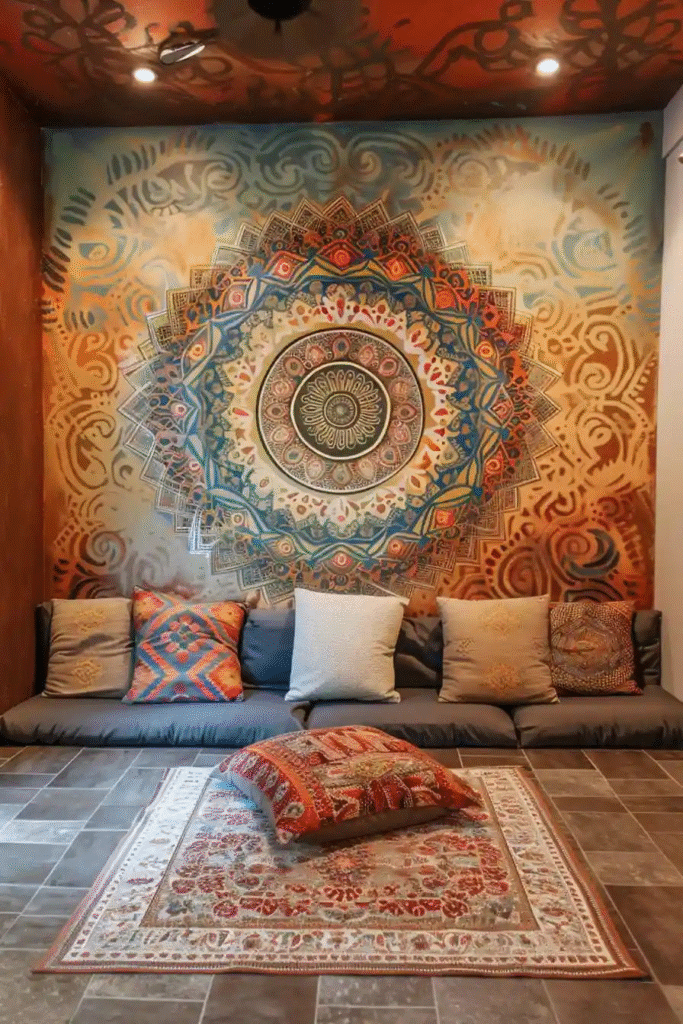
💔 Why Is This Important Now?
In post-COVID India, millions are carrying invisible wounds — grief, anxiety, loneliness, or long-term stress. The home has become more than a dwelling. It is now a mirror to our nervous system.
● The rise in PTSD and chronic stress has led many to seek lifestyle-based healing.
● Mental health awareness is finally growing across all age groups and classes.
● Younger homeowners want homes that feel emotionally safe, not just stylish.
● Senior citizens and widows look for softness and familiarity, not sterile minimalism.
● People working from home are now realizing — their space shapes their state.
Design is no longer just visual. It’s visceral.
🧩 Principles of Trauma-Informed Design
Architecture can either trigger or soothe. Here’s what defines a home that heals:
● Safety through layout: Open sight lines, minimal blind corners, and controlled entry points make people feel less hypervigilant.
● Comforting materials: Soft-touch surfaces like linen, wood, or clay reduce sensory stress.
● Biophilic elements: Nature, plants, water, and organic patterns regulate cortisol.
● Consistent lighting: Avoid flickering LEDs or harsh white lights — use warm tones and circadian lighting.
● Noise control: Acoustic zoning, double-glazed windows, and sound-absorbing materials ease anxiety.
● Tactile engagement: Textures like stone, jute, and fabric invite grounding through touch.
● Symbolic anchors: Objects with emotional meaning — photos, heirlooms, quotes — re-establish identity.
● Zones of withdrawal: Every healing home needs a nook where one can hide gently, without being isolated.
This is design that doesn’t just look good — it feels right.

🔄 Before & After: How Trauma Changes Space Perception
Trauma rewires our perception of the world — including architecture.
| After Trauma | Healing Design Response |
|---|---|
| Hyper-awareness of sounds | Acoustic insulation, white noise elements |
| Fear of confinement | Open-plan layouts, natural light, high ceilings |
| Difficulty sleeping | Dark drapes, noise reduction, scent diffusers |
| Emotional disconnection | Personalized decor, memory triggers |
| Isolation or social fatigue | Retreat zones + social pockets |
| Overstimulation | Neutral palettes, minimal sensory inputs |
| Loss of routine | Designated zones: reading, meditation, journaling |
A home can’t erase grief — but it can soften the spikes of daily distress.
🛋️ Design Elements That Support Emotional Healing
These elements aren’t “features.” They’re invisible emotional tools:
● Rounded furniture edges: Reduce tension and create psychological ease.
● Soft area rugs: Offer grounding to anxious feet and help slow the mind.
● Sheer curtains: Allow filtered light that mimics natural daylight, lifting mood.
● Reading corners: Encourage introspection and calm attention.
● Water features: Fountains or aquariums introduce calm, flowing energy.
● Indoor plants: Improve air quality and emotional resilience.
● Color psychology:
● Blues → calm
● Greens → balance
● Peach tones → emotional warmth
● Lavender → anxiety relief
● Fragrance zones: Lavender, sandalwood, frankincense, or jasmine for subconscious calm.
● Sensory paths: Transition areas that prepare you emotionally (e.g., mudroom with seating, scent diffuser at entrance, calming hallway textures).
These micro-decisions build an emotional blueprint across the home.
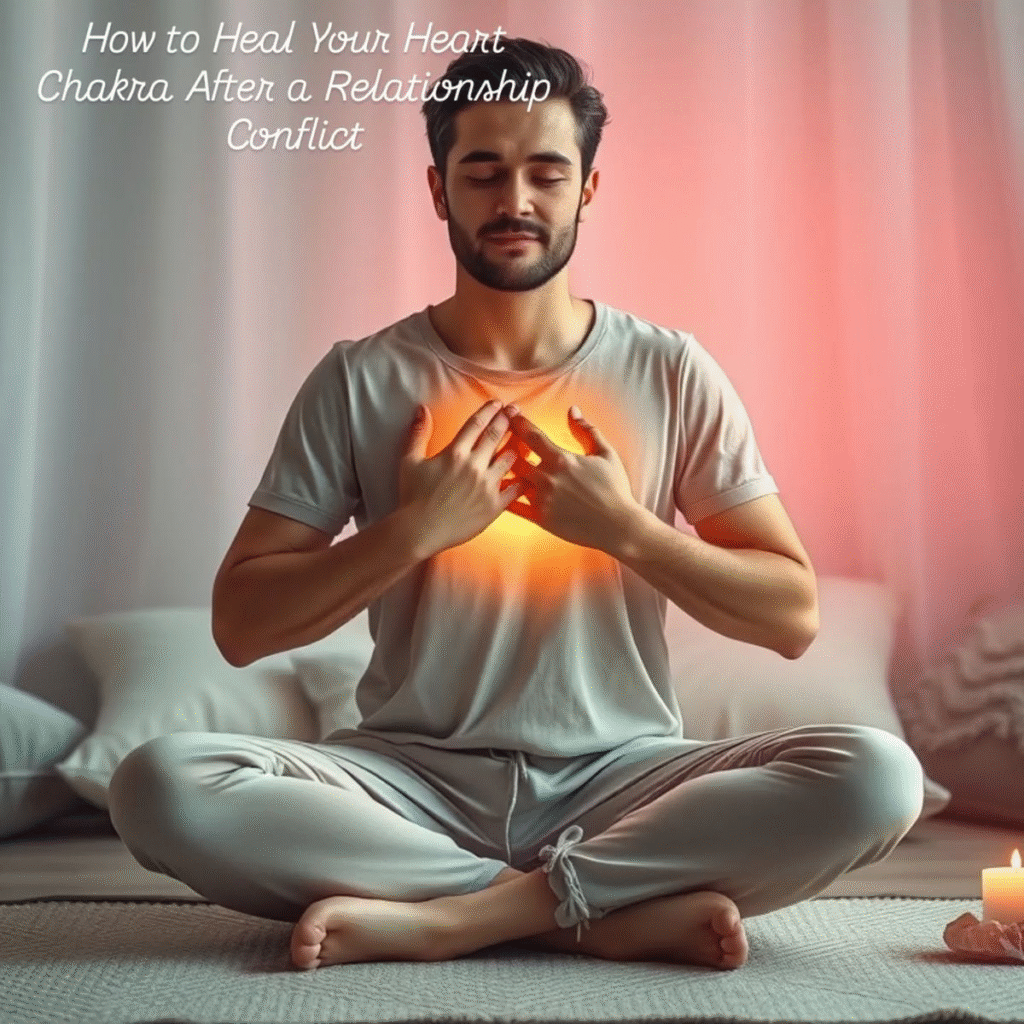
🌱 Biophilic Design as Emotional Medicine
There’s a reason why hospital recovery rooms and trauma centers around the world now focus on biophilic design — the human connection to nature.
In a home recovering from emotional trauma:
● A window facing a tree can regulate mood better than a therapist session.
● A central courtyard or sky window can anchor a sense of divine presence.
● Tulsi in the kitchen, aloe in the bathroom, and palms in the living room create rhythm and vitality.
● Indoor water elements can reduce heart rate and blood pressure.
● Bird feeders on balconies reintroduce daily hope and attention.
Nature is the oldest healer. Design should make space for its voice.
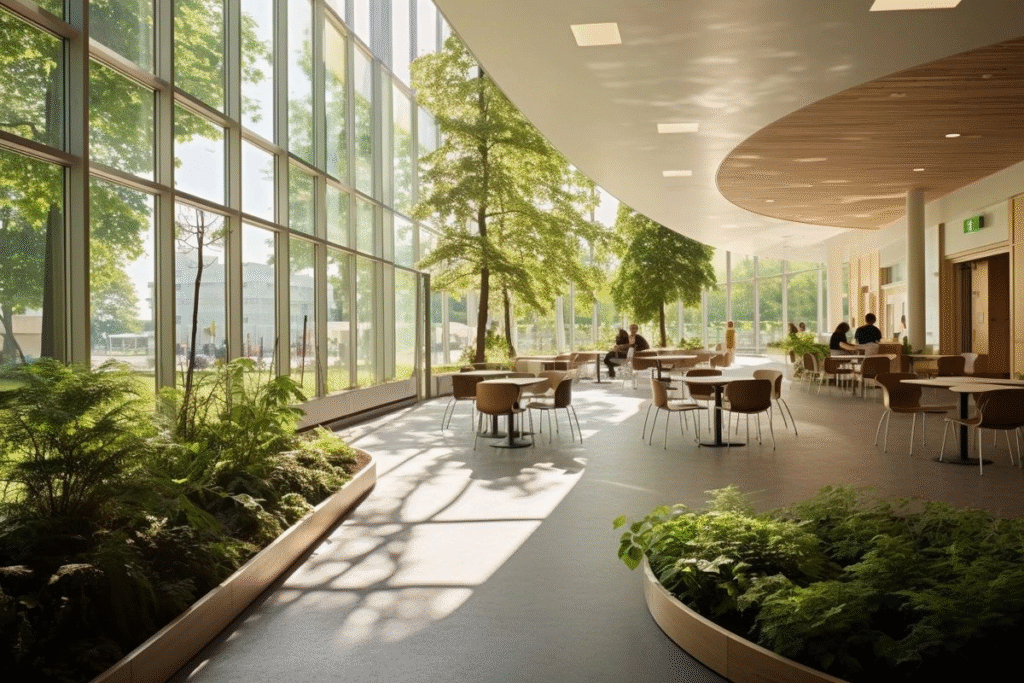
🧘♀️ Sacred Corners, Not Pooja Rooms
Trauma often shakes spiritual belief. That’s why healing homes need non-religious sacred spaces — corners for quiet rituals that comfort:
● A candle corner for grief journaling
● A meditation mat with a diya
● A shelf with affirmations, incense, and memory objects
● A soft-seated nook for inner silence
● Artwork or mandalas that ground, not preach
These corners serve no religious function — only emotional function.
And they often become the most powerful part of the home.
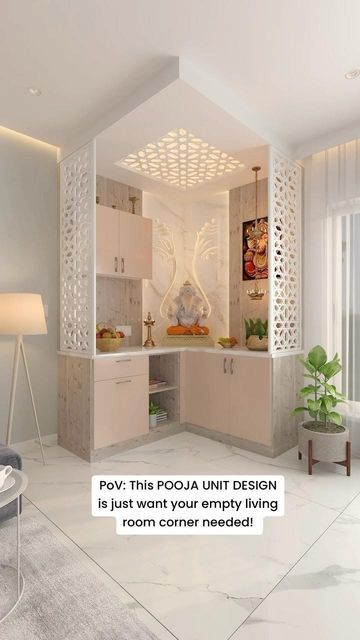
🏙️ Urban vs Rural: How Healing Looks Different
Urban healing homes often require:
● Acoustic sealing
● Space optimization for therapy, WFH, or solitude
● Controlled lighting zones
● Smart home silence settings
Rural healing homes offer:
● Deep connection to natural cycles
● Use of mud, lime, and breathable walls
● Proximity to farming, gardening, or animal care
● Solar day rhythm and sensory regulation
But in both, the goal is the same:
To re-regulate the human nervous system through the built environment.
👨👩👧👦 Who Needs Healing Homes?
● Widows and widowers rebuilding life after loss
● Burnout victims escaping toxic jobs
● Divorcees redesigning homes post separation
● Cancer survivors or people with chronic illness
● Mental health patients recovering from anxiety, depression, or PTSD
● Empty nesters redefining self-identity
● People who lost homes in floods or disasters
● Therapists who want emotionally grounded workspaces
● Parents of neurodiverse children creating sensory-balanced homes
Everyone deserves a home that doesn’t just look good — but helps them feel okay again.
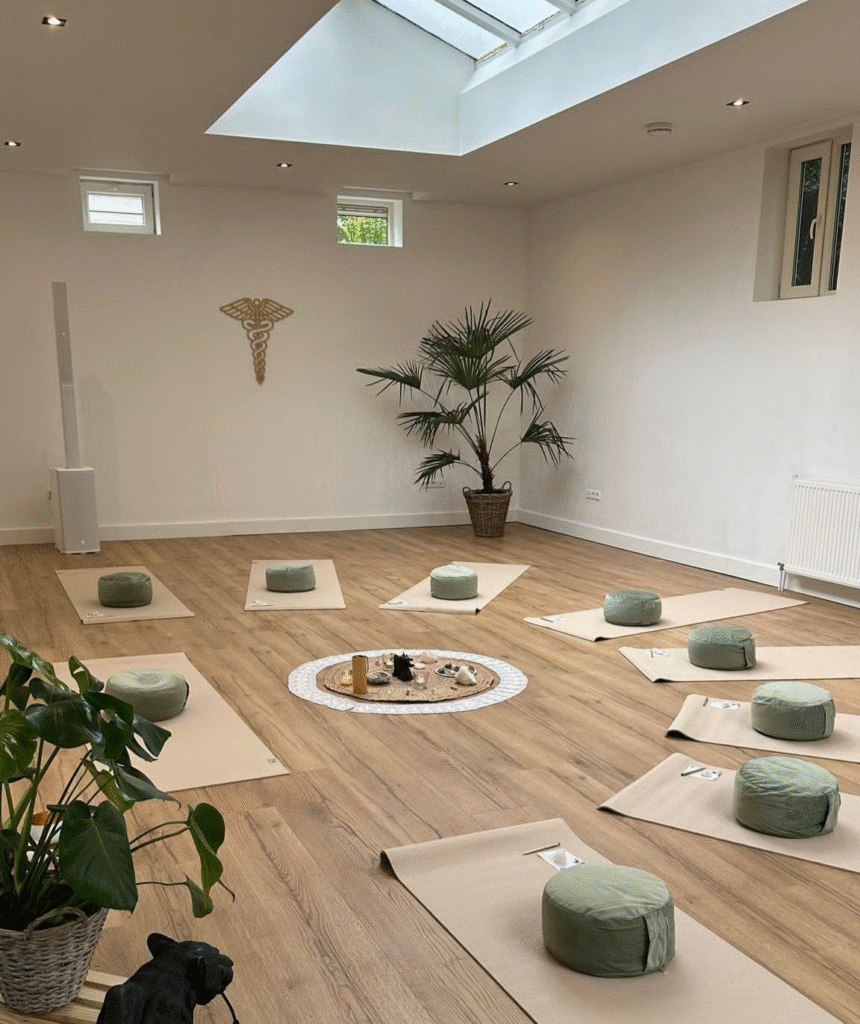
🏗️ Architectural Tips for Designing Emotional Blueprints
● Begin with a personal emotional intake — not a site survey
● Ask questions like:
● “What makes you feel safe?”
● “Where do you grieve or think the most?”
● “What do you avoid in your current space?”
● Design with trauma-informed zoning: safe entry → quiet core → social boundary → retreat edge
● Use daylight mapping to track mood-enhancing spaces
● Incorporate ritual spaces, not just “rooms”
● Make flexibility and personalization easy
● Avoid visual overwhelm: too many textures, prints, colors = emotional confusion
● Include emotional anchors: old furniture, family heirlooms, memory walls
● Plan for frictionless routines — flow matters when the mind is exhausted
● Encourage slow living through layouts — no visual racing
The architecture should feel like a lullaby, not a lecture.
💼 Case Studies: Examples of Healing Design in Action
● Bengaluru: A young widow redesigned her flat with meditation nooks, bamboo ceilings, and soft rugs after losing her husband to COVID.
● Pune: A divorcee turned her pooja room into a writing corner with Himalayan salt lamps and prayer flags.
● Gurugram: A corporate burnout victim commissioned an all-clay home with a sunken floor library and green-roof courtyard for recovery.
● Chandigarh: A home for elderly parents was designed with silence zones, tulsi gardens, and river stone pathways to relieve dementia anxiety.
Healing doesn’t start with therapy. Sometimes, it starts with redesign.
💬 Final Thoughts: Design Is Now a Form of Care
We don’t just decorate anymore.
We emotionally script the environments that can restore or destroy us.
Your home can become your medicine. Or your mirror.
Through healing design, we can create emotional blueprints that help people not just live again — but truly feel safe, seen, and soft again.
In a world obsessed with aesthetics, the most radical thing a designer can do is ask:
“How do you want to feel — when no one is watching?”
📍Want to design a home that heals?
We help build homes that don’t just function — they feel.
Let’s redesign your space with sensitivity, care, and emotional intelligence.
📩 Contact: contact@mishulgupta.com
📍Serving Ambala, Haryana & across India
🌐 www.mishulgupta.com
